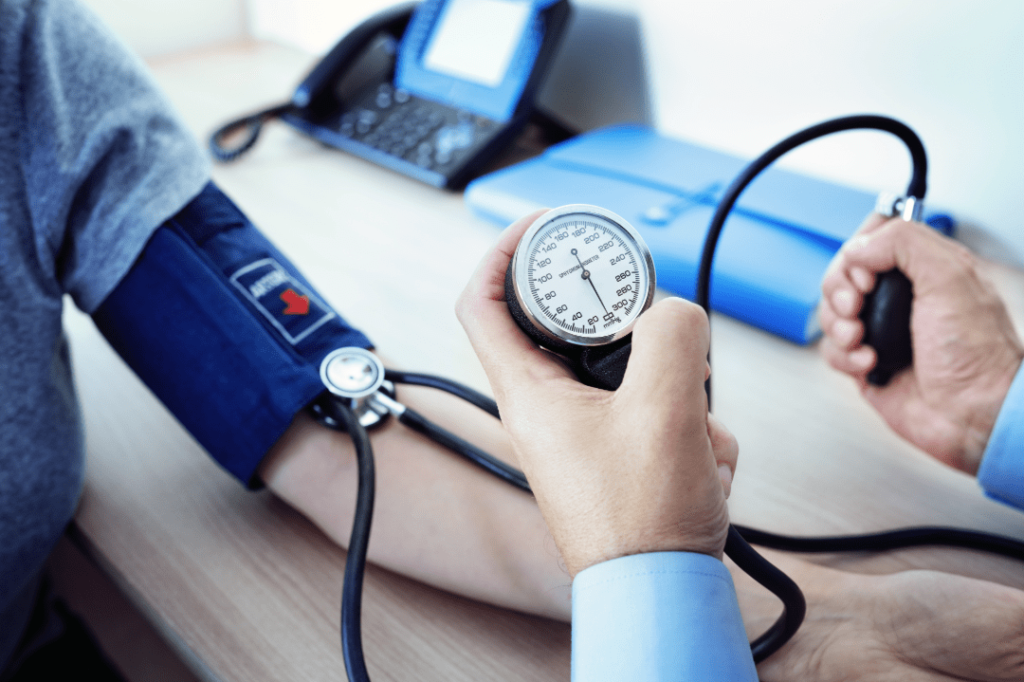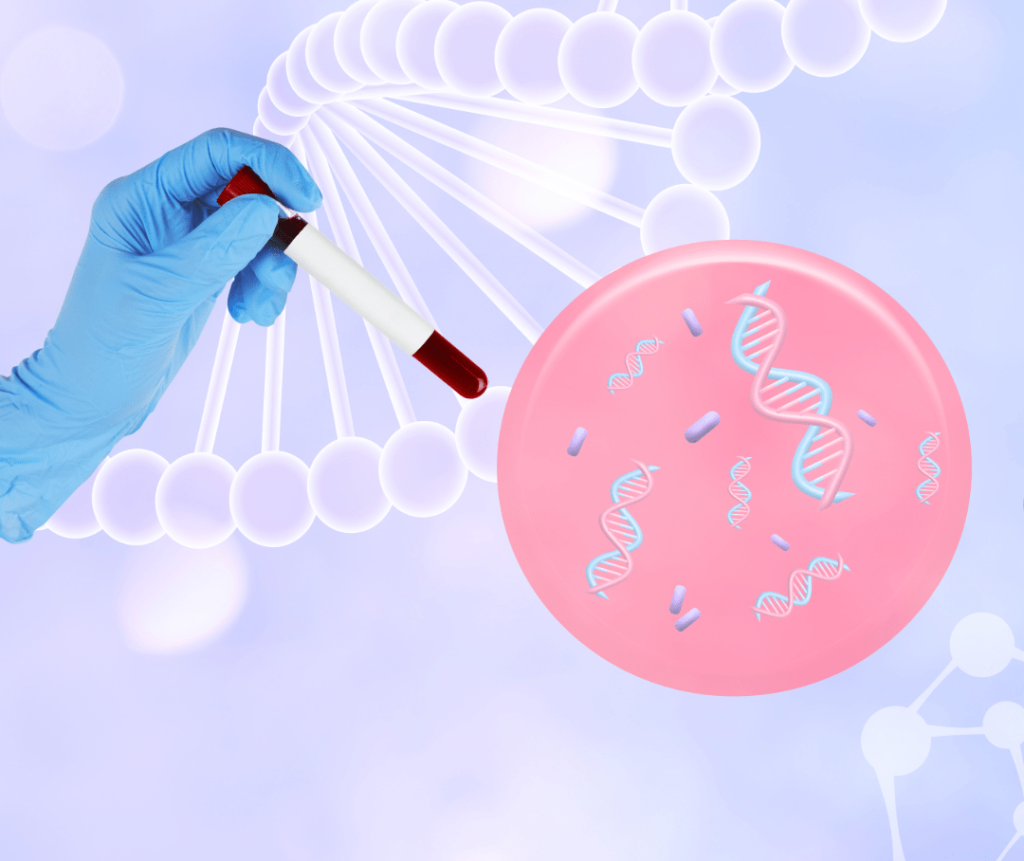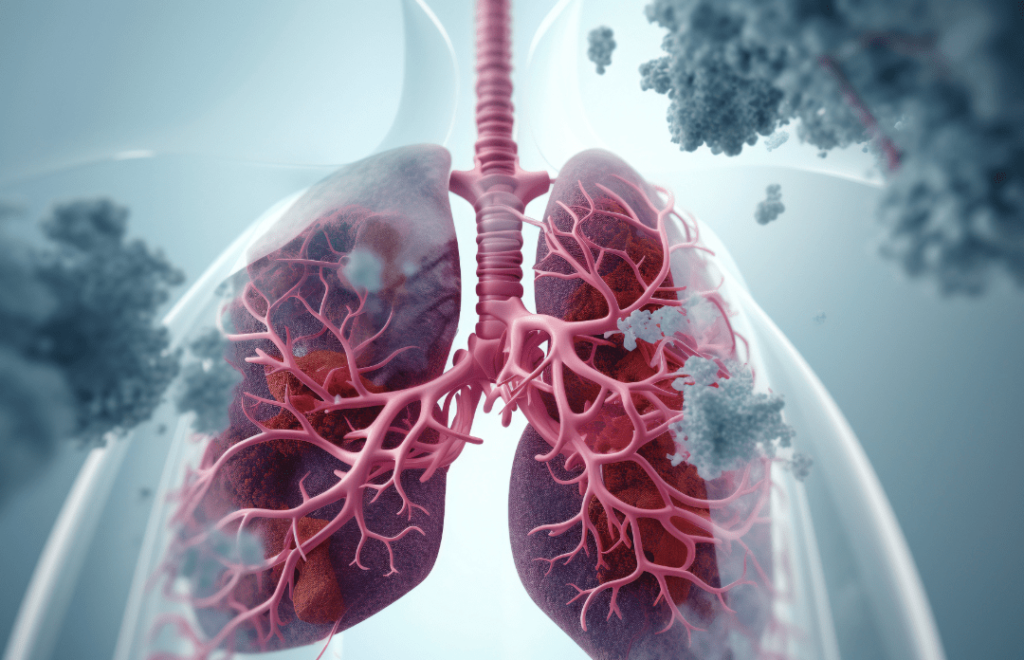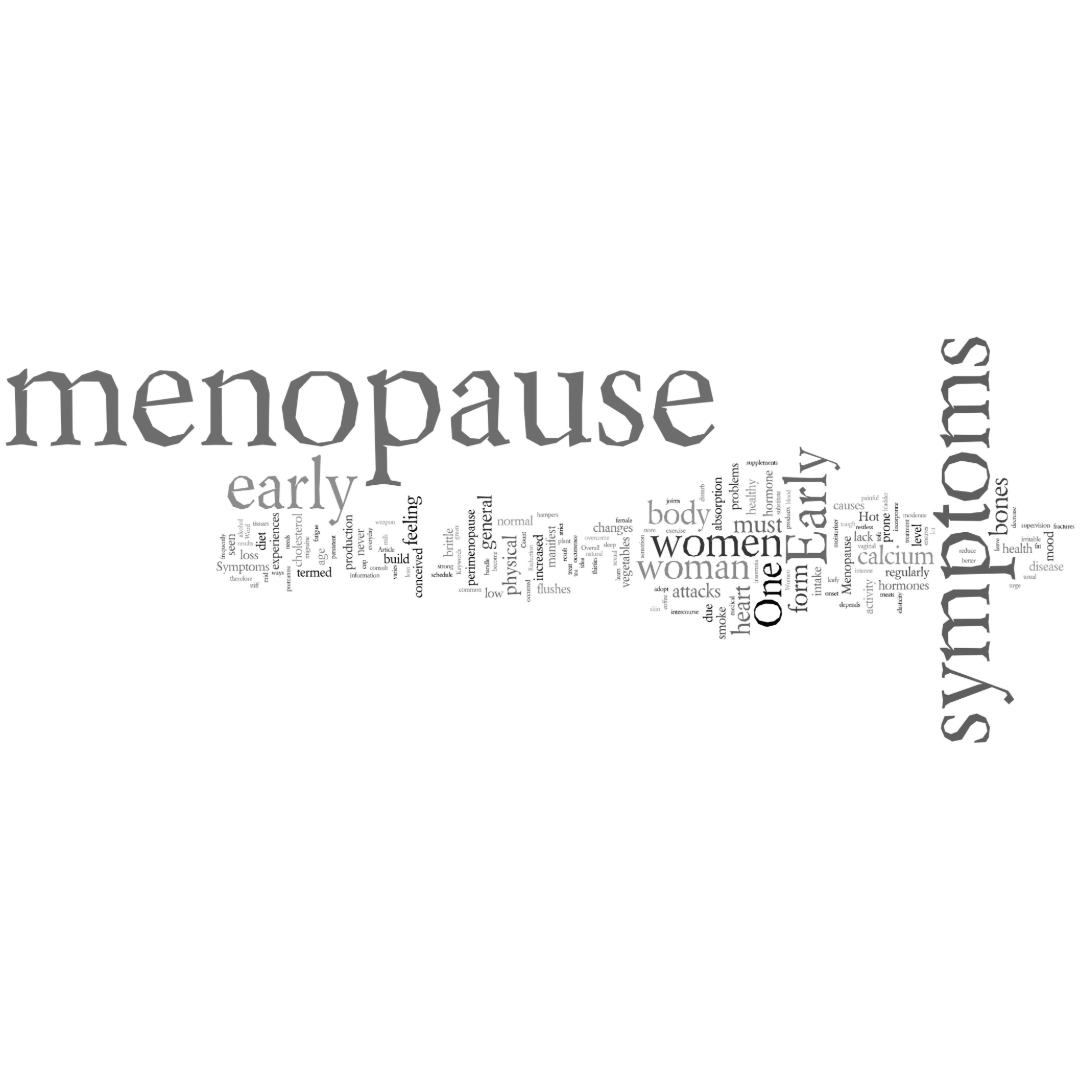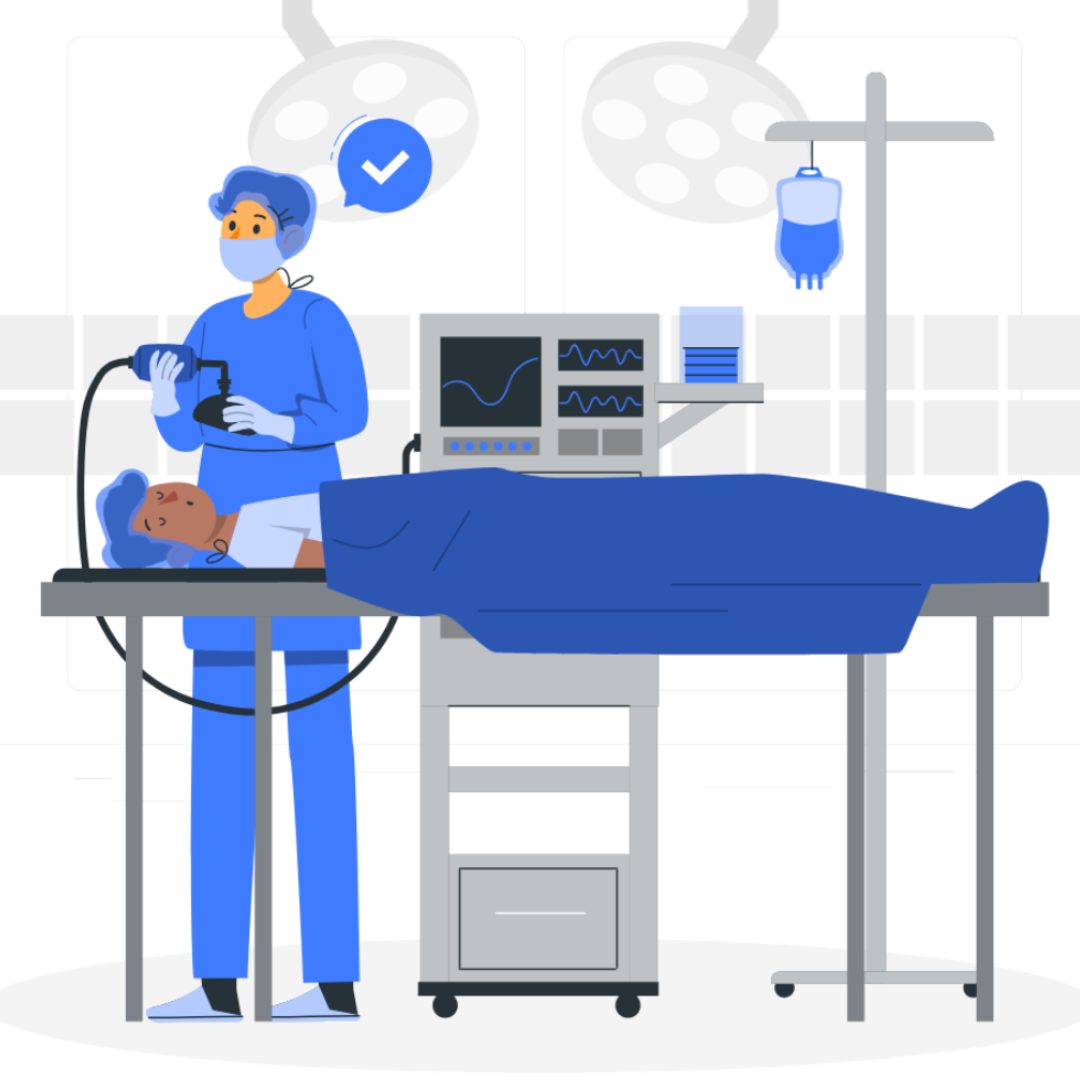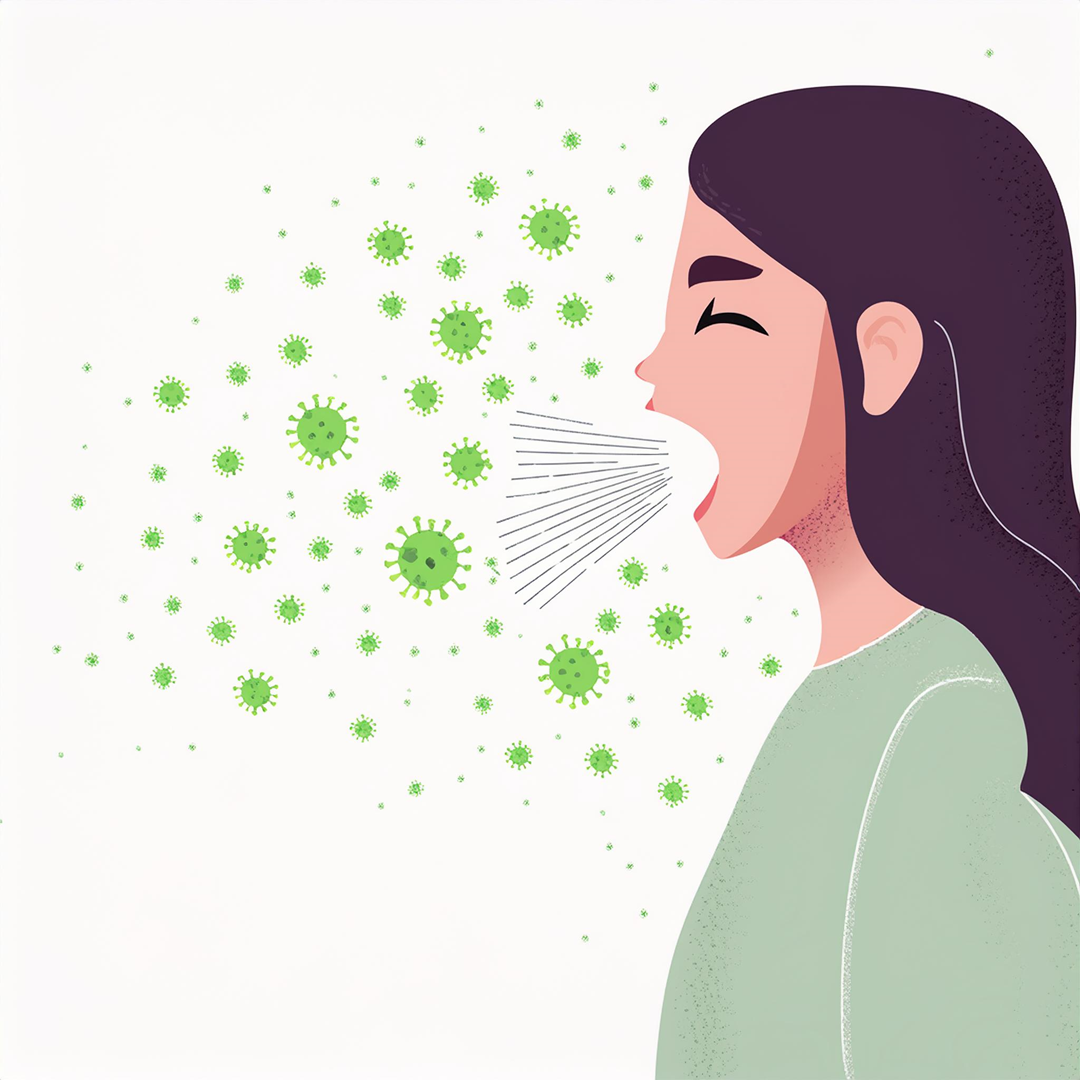Pain Relief Options for Delivery of a Nonviable Baby
Patient Information Blogs Pain Relief Options for Delivery of a Nonviable Baby Courtesy of: Dr. Ammar Ali Shah; Consultant Anaesthesiologist, Medicsi 22/05/2024 Pain Relief Options for Delivery of a Nonviable Baby (Courtesy of: Dr. Ammar Ali Shah; Consultant Anaesthesiologist, Medicsi) 22/05/2024 Finding out about the demise of an unborn baby is always devastating news and experience. Your obstetric team shall discuss with you the possible options for delivery of the baby. Vaginal birth is considered a safer option because it incurs fewer risks to the mother and the body recovers quickly. Although some mothers find the idea of vaginal birth after the demise of the baby as distressing, it is the best option if safely possible. During your stay at the delivery suite, your husband/relative can stay and support you while our experienced midwife will also be there to help you. Finding out about the demise of an unborn baby is always devastating news and experience. Your obstetric team shall discuss with you the possible options for delivery of the baby. Vaginal birth is considered a safer option because it incurs fewer risks to the mother and the body recovers quickly. Although some mothers find the idea of vaginal birth after the demise of the baby as distressing, it is the best option if safely possible. During your stay at the delivery suite, your husband/relative can stay and support you while our experienced midwife will also be there to help you. Possible pain relief options that we offer. We endeavor to ensure good pain relief for you during these testing times. You can try relaxing techniques like deep breathing exercises, massage, listening to music, or Quranic verses; however, we understand that relaxing at this time is easier said than done. Based upon your general health and medical history we can advise you to give strong painkillers (opioids) or epidural. Your wishes and latest practice guidelines shall be considered before finalizing a plan for you. Strong opioids: This group of medications has a strong pain relief effect. However, they can at times make you feel dizzy and nauseated. We might also have to keep observation on your blood oxygen levels as a precaution. Some patients might feel itching as a side effect. Epidural: An epidural is the most effective methodology for pain relief. A consultant from our team of anesthetists shall use a needle to put in the epidural space in your back. The needle shall be promptly removed while a thin little pipe shall remain in place and deliver the medication during labour. The tube inserted in your back will be connected to the epidural pump for delivery of the medication. We use a combination of local anesthetics and opioids to numb the pain fibers carrying sensation from your belly and birth canal to the brain. Your safety is of utmost importance and hence the anesthesia team will take into consideration your medical history and current medications. An important and recent test needed, before we give an epidural is a complete blood picture profile. We need to see platelet count which has to be more than 80 to administer the epidural analgesia. Once the plan is finalized it takes almost 15 mins to place the epidural and it takes another 20 minutes to be fully effective. As with all interventions in medicine, there are some risks involved. Your blood pressure can come down so we will have to give you some fluids intravenously and frequent monitoring of your blood pressure. About 1 in 100 ladies may develop a headache after epidural placement that is self-limiting but sometimes may require simple treatment measures. Your legs might feel heavy during the infusion. The movement will be slightly difficult owing to the attachment with the infusion pump. A urinary catheter may need to be put in whilst you have the epidural infusion. All through the process Inshaa’Allah our experienced multidisciplinary team will be available to assist you in every respect. Possible pain relief options that we offer. We endeavor to ensure good pain relief for you during these testing times. You can try relaxing techniques like deep breathing exercises, massage, listening to music, or Quranic verses; however, we understand that relaxing at this time is easier said than done. Based upon your general health and medical history we can advise you to give strong painkillers (opioids) or epidural. Your wishes and latest practice guidelines shall be considered before finalizing a plan for you. Strong opioids: This group of medications has a strong pain relief effect. However, they can at times make you feel dizzy and nauseated. We might also have to keep observation on your blood oxygen levels as a precaution. Some patients might feel itching as a side effect. Epidural: An epidural is the most effective methodology for pain relief. A consultant from our team of anesthetists shall use a needle to put in the epidural space in your back. The needle shall be promptly removed while a thin little pipe shall remain in place and deliver the medication during labour. The tube inserted in your back will be connected to the epidural pump for delivery of the medication. We use a combination of local anesthetics and opioids to numb the pain fibers carrying sensation from your belly and birth canal to the brain. Your safety is of utmost importance and hence the anesthesia team will take into consideration your medical history and current medications. An important and recent test needed, before we give an epidural is a complete blood picture profile. We need to see platelet count which has to be more than 80 to administer the epidural analgesia. Once the plan is finalized it takes almost 15 mins to place the epidural and it takes another 20 minutes to be fully effective. As with all interventions in medicine, there are some risks involved. Your blood pressure can come down so we will have to give you some fluids intravenously and frequent monitoring of your blood pressure. About 1 in 100 ladies
Pain Relief Options for Delivery of a Nonviable Baby Read More »





